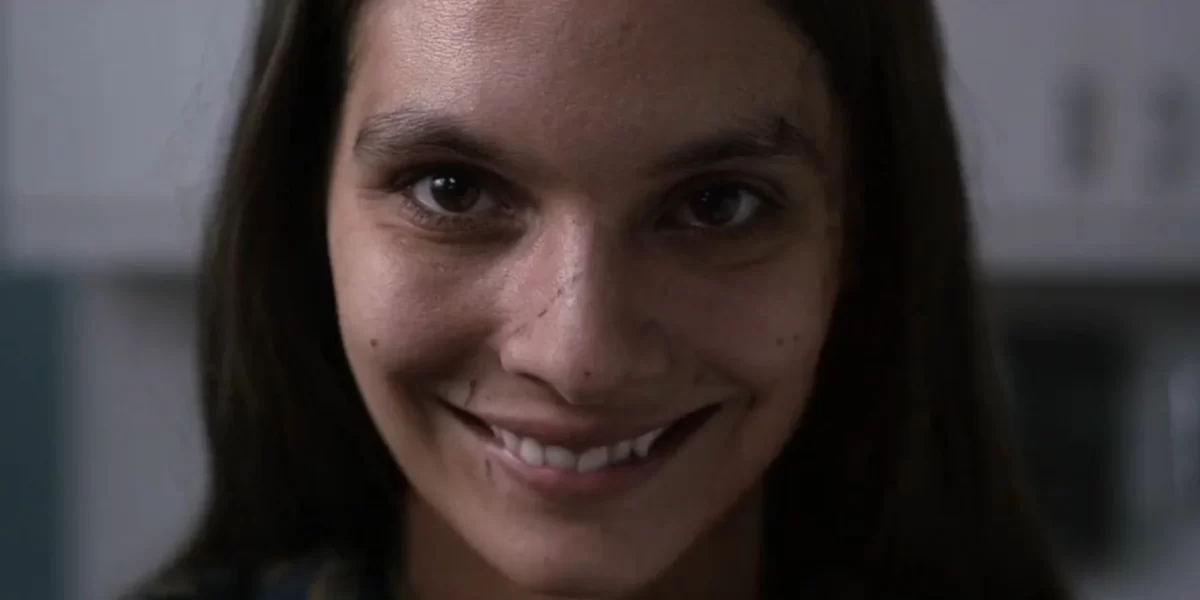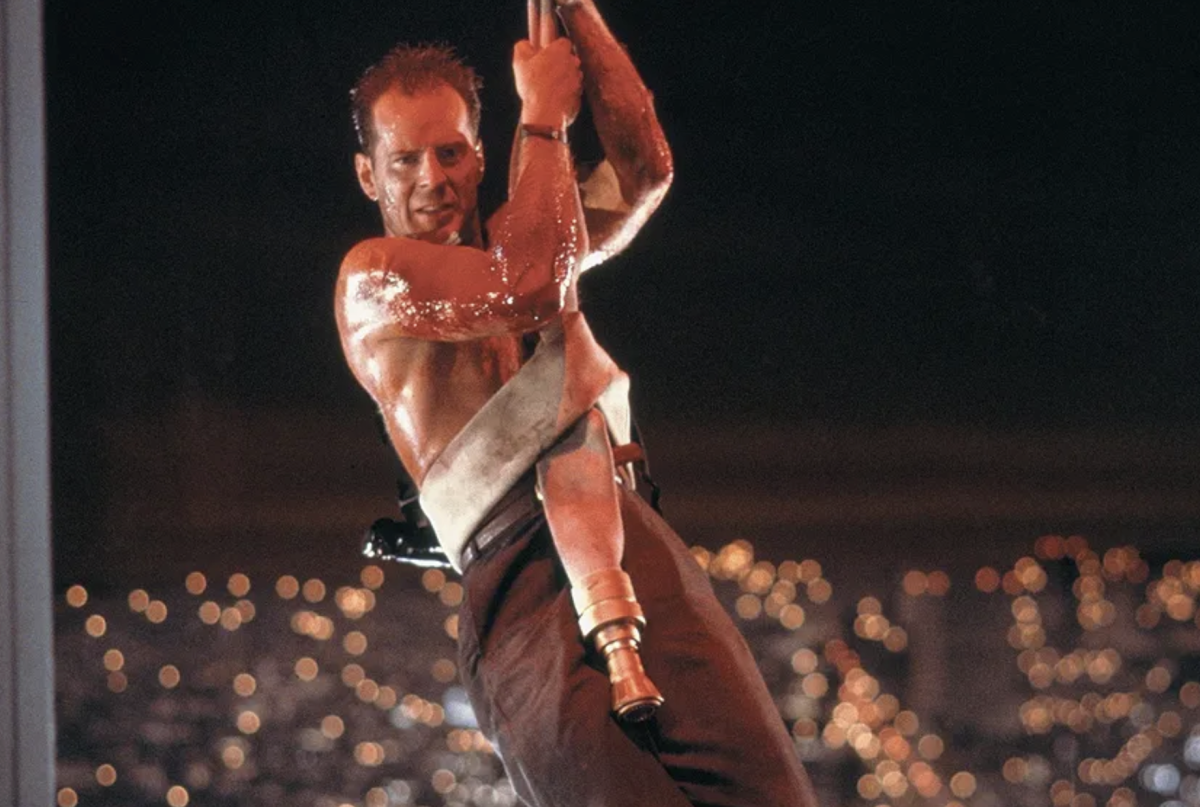We are often encouraged to harbor negative emotions. If you are in a public space with others when you are sad, smile so as not to spoil the atmosphere. Even when sad in solitude, we are advised to smile so that negative emotions do not eat away at the heart.
“Don’t be sad, ’cause everything’s going to be okay.” But is it true that such toxic positivity can heal, or actually produce prolonged wounds?
Parker Finn developed his 2020 short film, Laura Hasn’t Slept. Laura Hasn’t Slept follows a search for repair after trauma, as well as its attempt at repression of psychosis. Instead of corroborating with the original Laura Hasn’t Slept story, a devastating attempt of adaptation fell in the course of making this film. But still pulls off being an enjoyable sequel. Caitlin Stasey returned to play Laura, a patient of Dr. Rose (Sosie Bacon), who developed an anxiety disorder after seeing a mysterious figure smiling at her.
The consultation session ended tragically. Laura committed suicide in the presence of Rose. Surprisingly, since the event Rose began to suffer from symptoms similar to that of Laura’s. From there, Finn’s script took Rose through an investigation into the mystery of Laura’s death, which also took her back to her own past.
Through his feature film directorial debut, Finn was clearly ambitious to present a different kind of horror, while still stepping into the mainstream by not alienating ordinary audiences who look for exciting terror. Finn really wanted to tell the story, although in his execution, the effort did not always go smoothly.
Smile has more layers and issues to talk about than the majority of mainstream horror, and although the layers aren’t that deep, the way it talks about issues is clever.
How trauma spreads by taking the form of a smile is both a sharp and relevant idea, on how a “fake smile” doesn’t fix anything. Later, the script also introduced a way of breaking the curse, which represented a destructive state, where the individual forced trauma and manipulated events upon the others to keep themselves alive. An interesting concept, but the plot has been done before in different ways.
All would be even more effective, if Finn didn’t linger in Rose’s efforts to convince those around him, from Trevor (Jessie T. Usher) the fiancée, to Holly (Gillian Zinser) the older brother, who was skeptical of the main character’s story.
This wasn’t without meaning. Finn wanted to describe the failure of the closest person to listen to the hearts of individuals with mental disorders, but the presentation was repetitive, and also tended to drag on. Despite Sosie Bacon’s solid performance as a figure who experienced mental suffering all the time, she was able to maintain the stability of his drama.
Assisted by cinematography by Charlie Sarrof, Finn gave birth to stylish horror through some unique camerawork; although in the end, it still relied on the classic method of scaring: a noisy jump scare. Cliché, but admittedly quite effective, especially thanks to the proper sound timings. Perhaps aside from the fact that not all performers have smiles as scary as Caitlin Stasey, the film’s biggest sin was to unveil the creepiest jump scare in the trailer.
The climax was slick, slightly touching the realm of creature features wrapped in special effects. Visually this film was very capable; shot to disturb, not just to scare. The subtexts regarding the issue about how we should be brave to deal with trauma arose… even though it doesn’t always go as expected, because again, erasing a wound is not as simple as a smile. The duration is only about 90 minutes, meaning it drags on a little; but it’s definitely re-watchable. Smile is a very solid 7 out of 10.





















